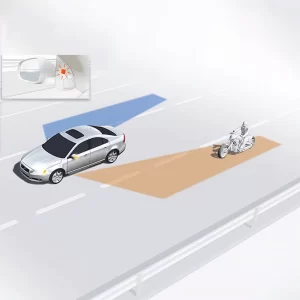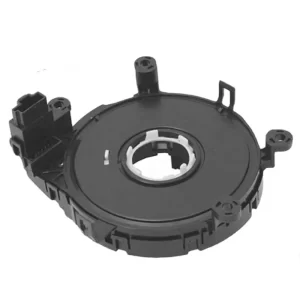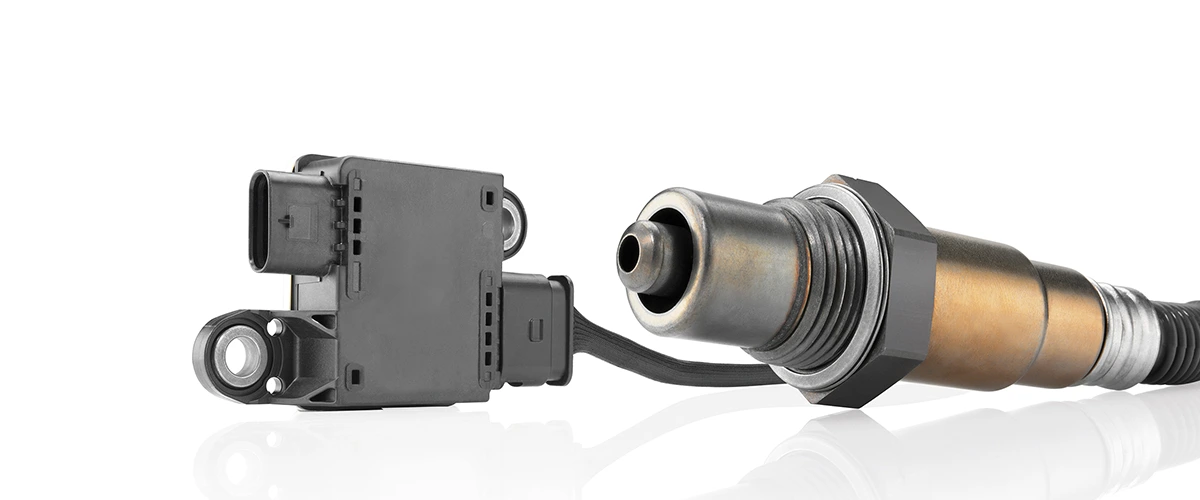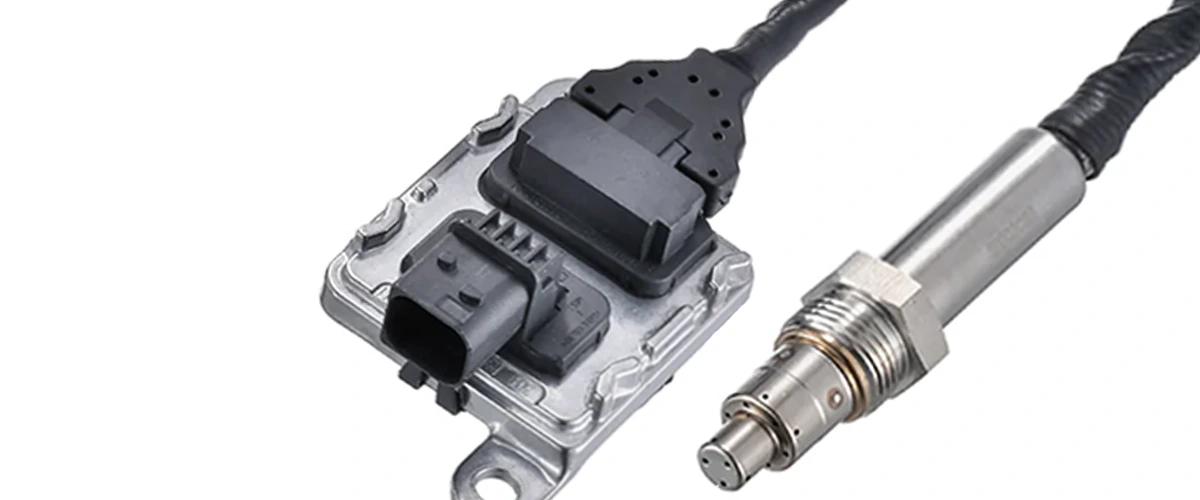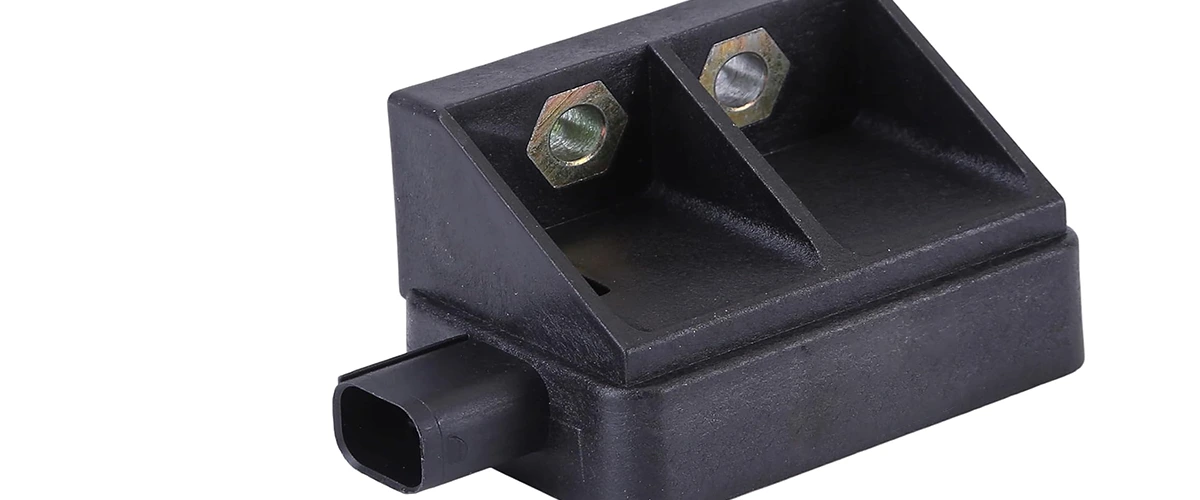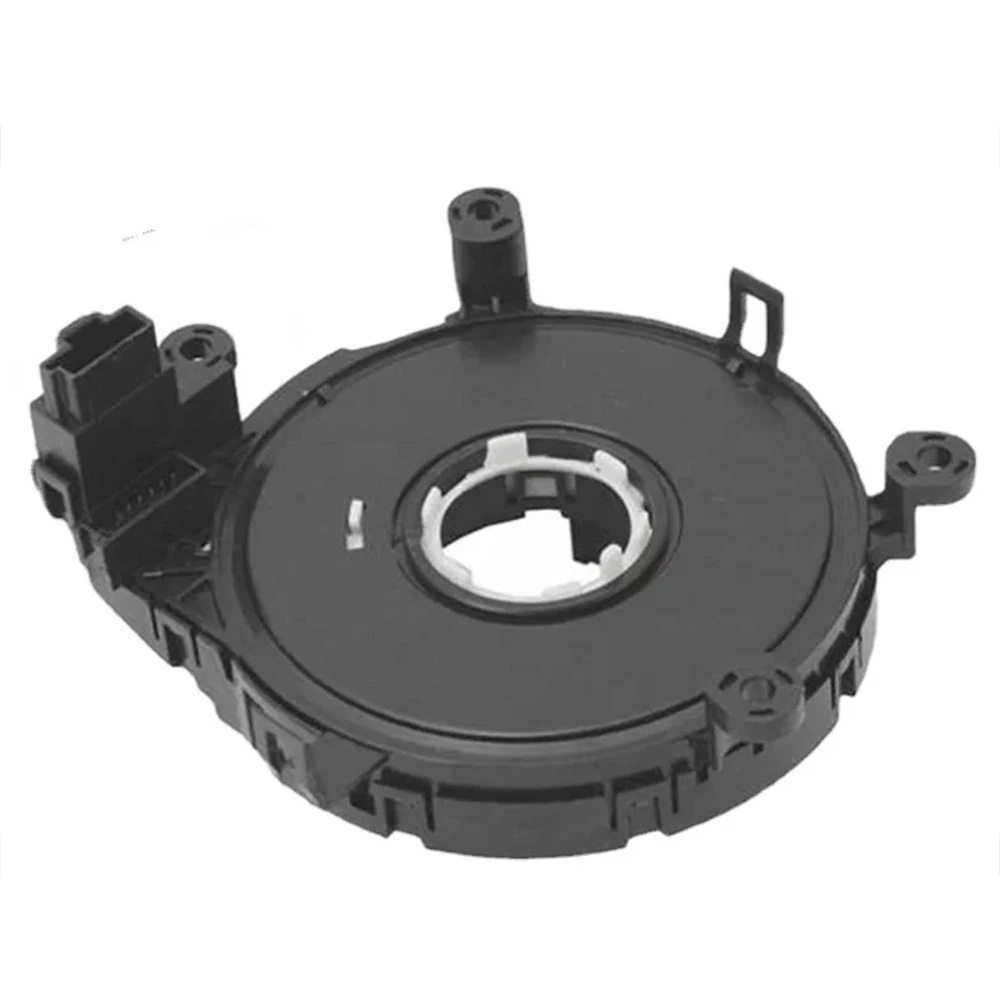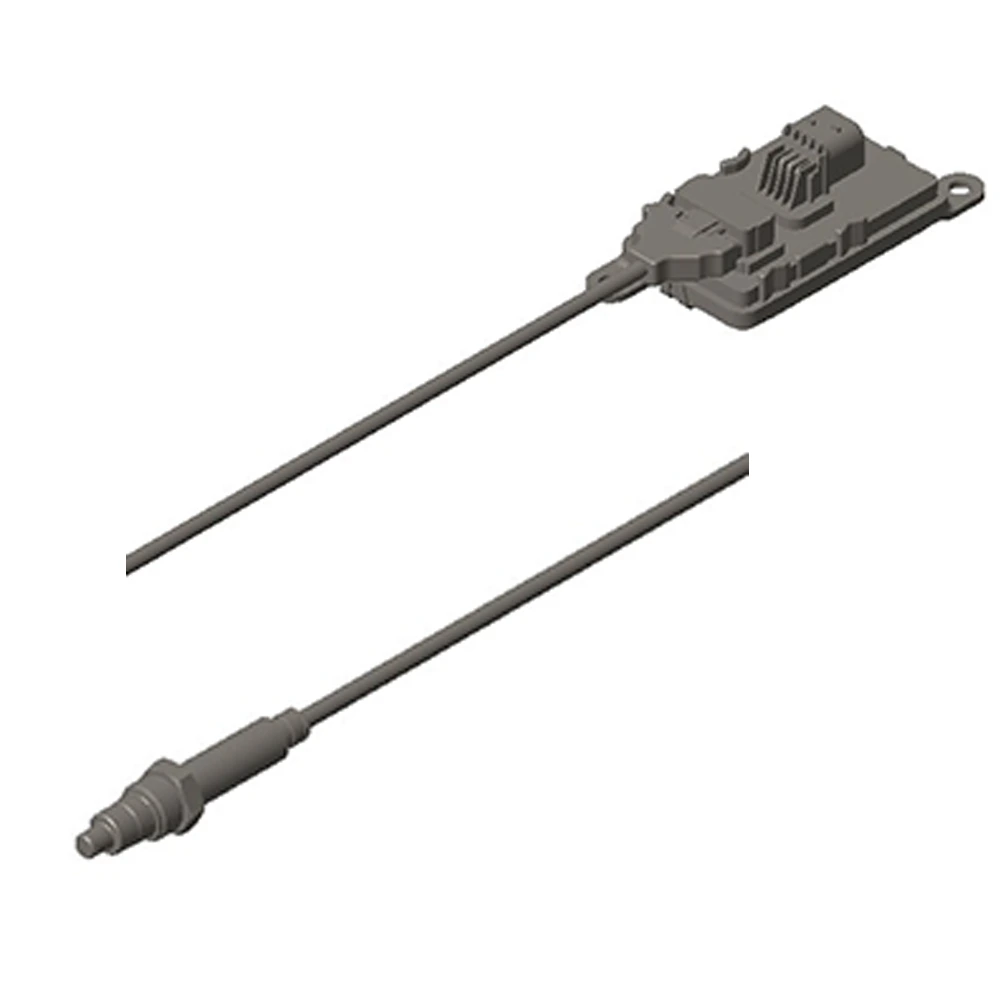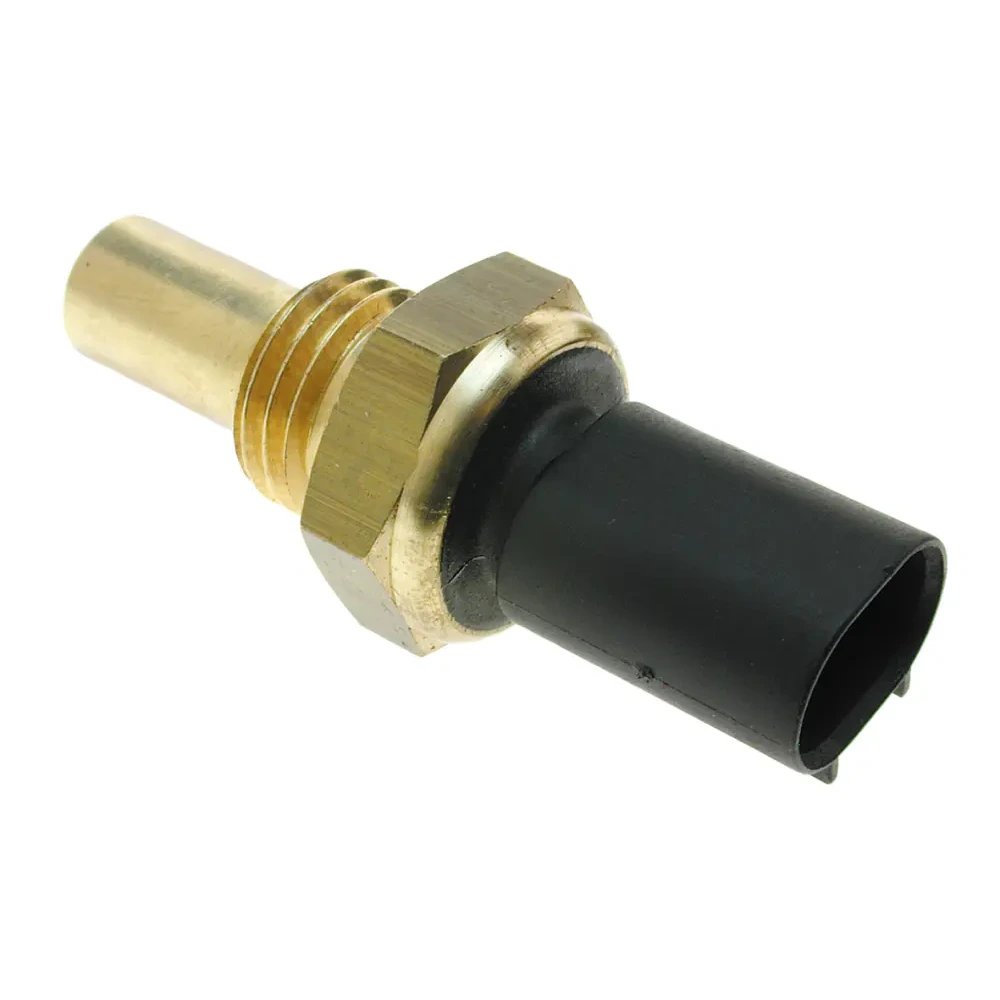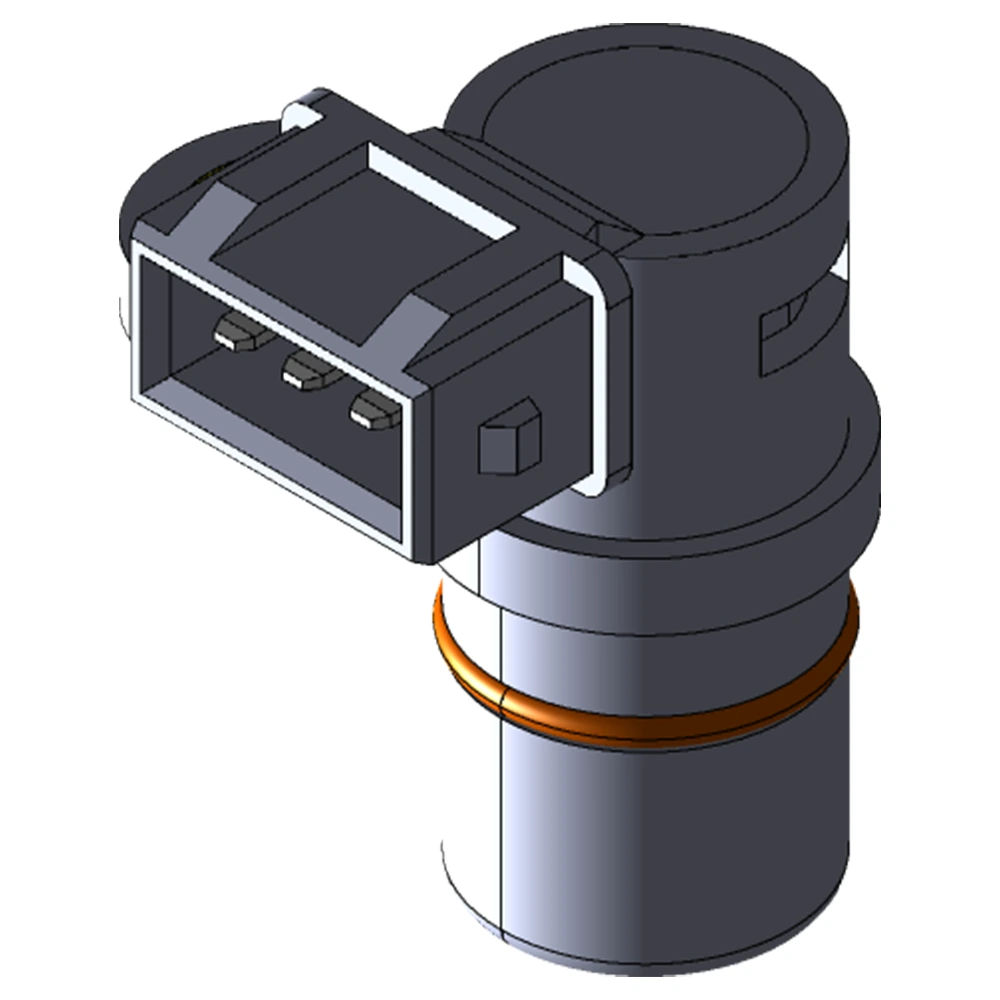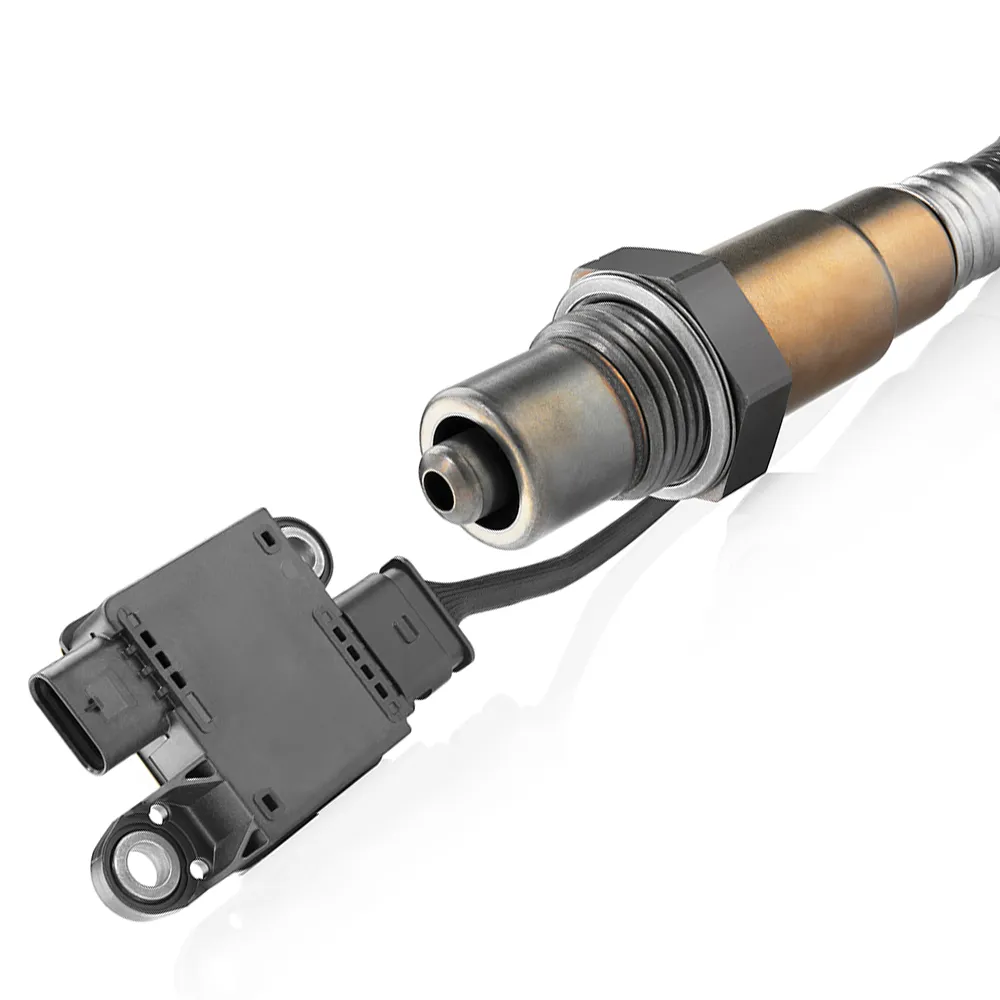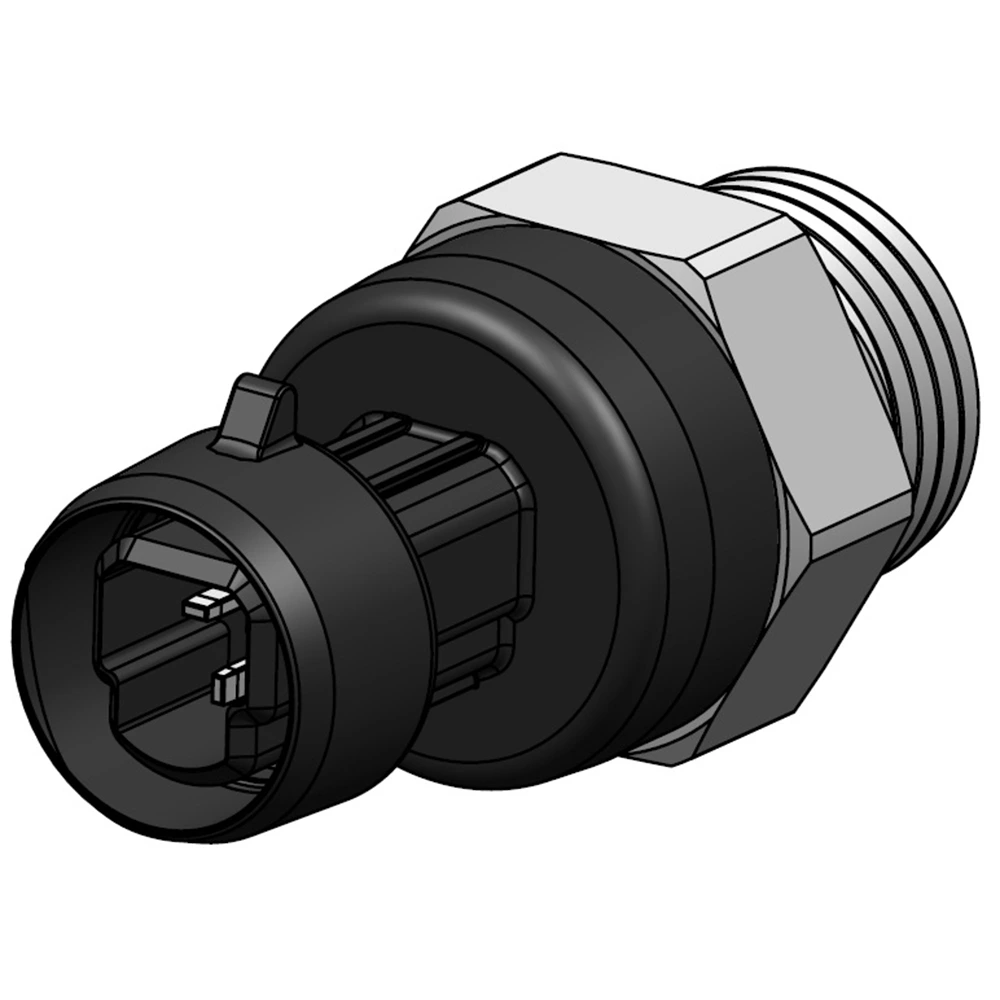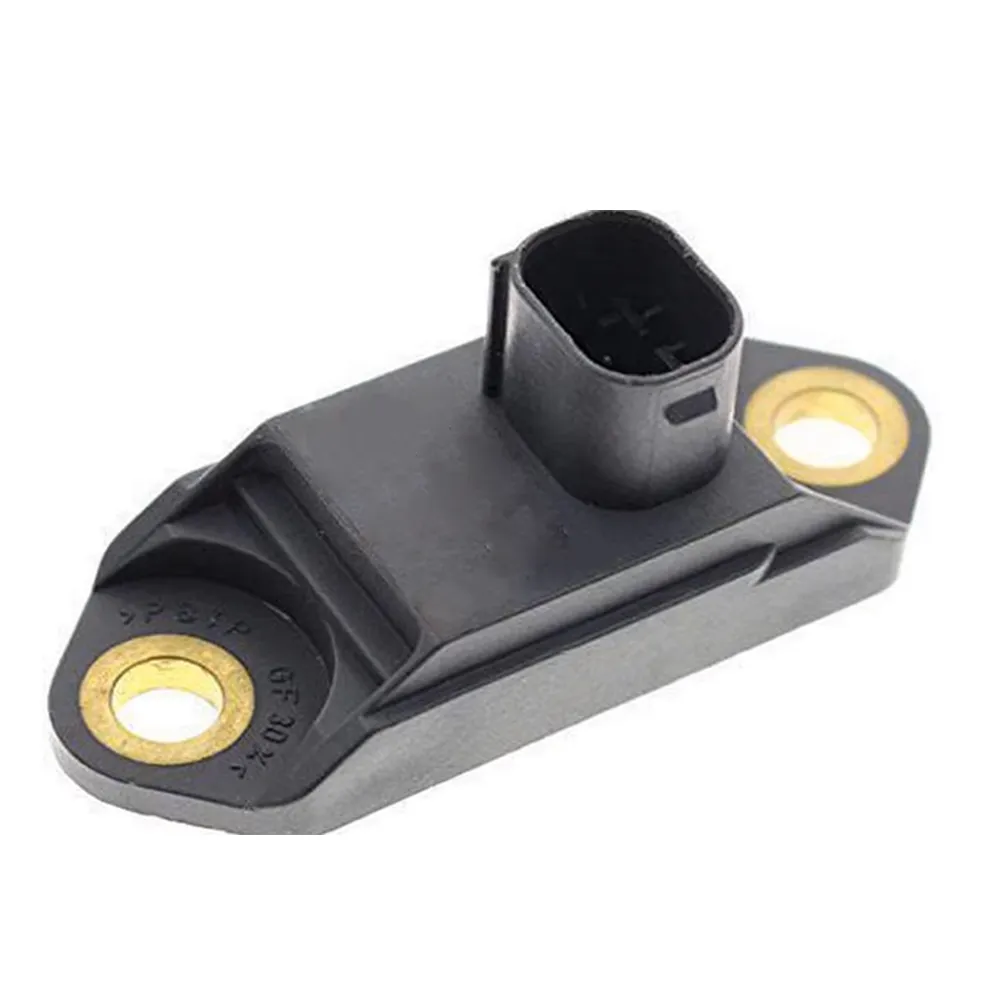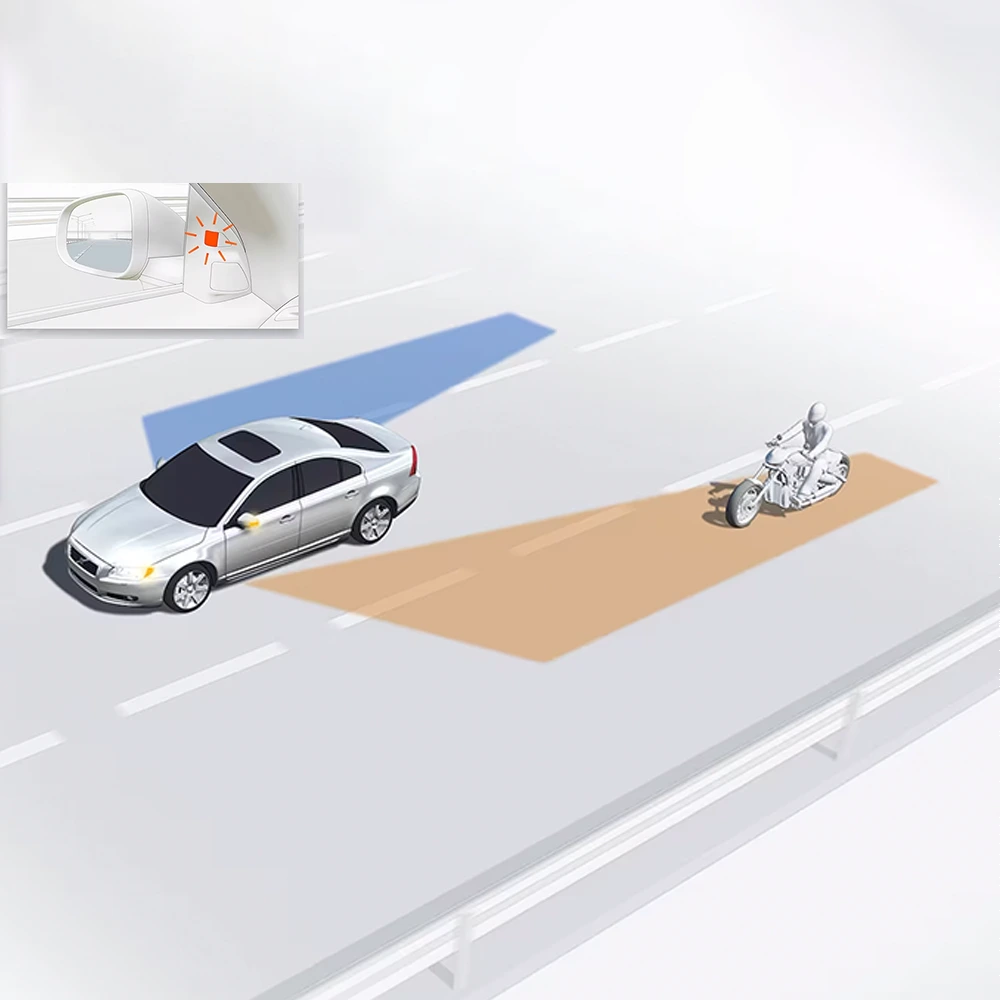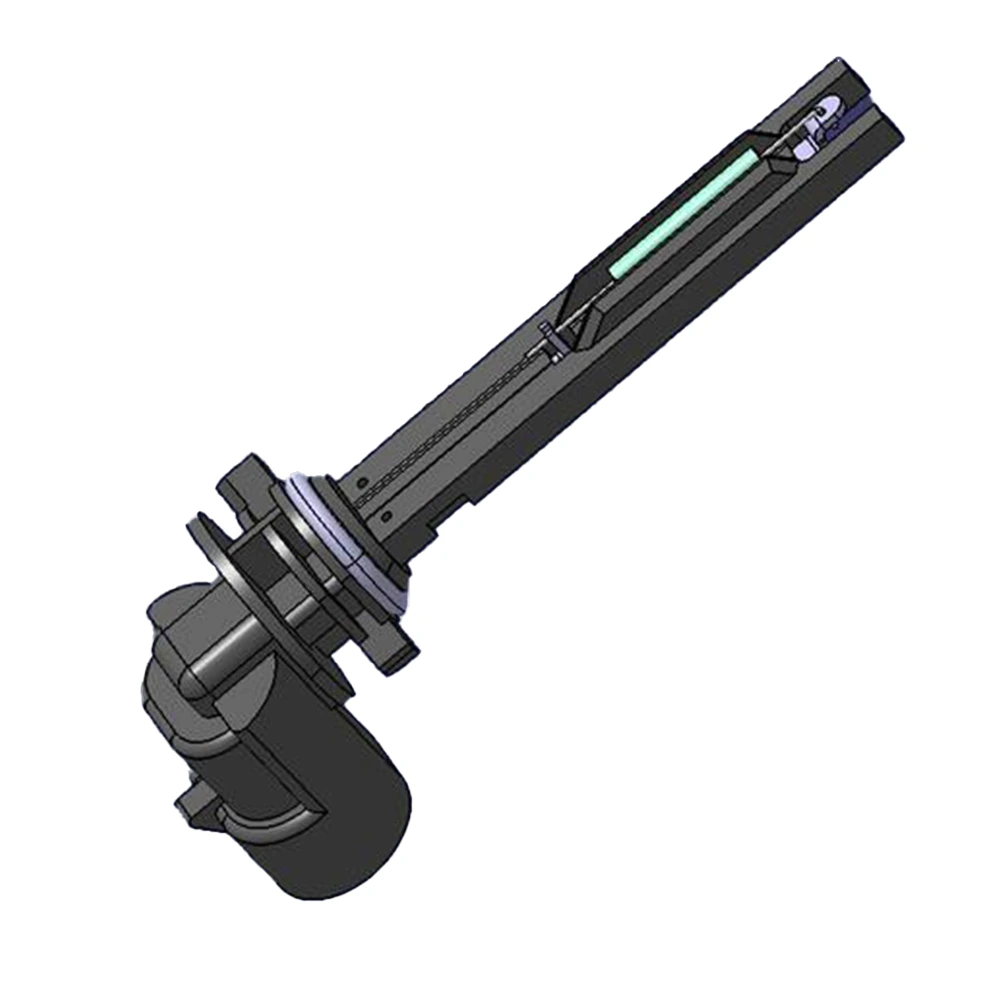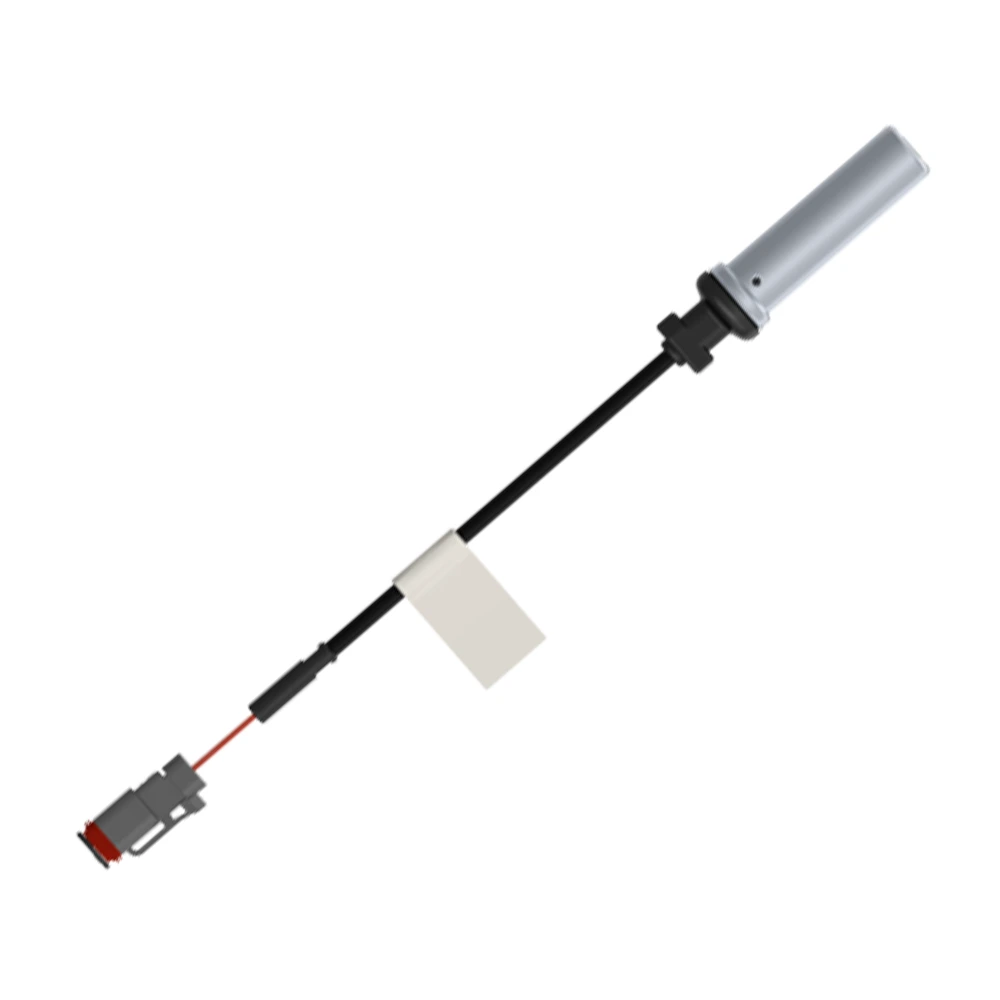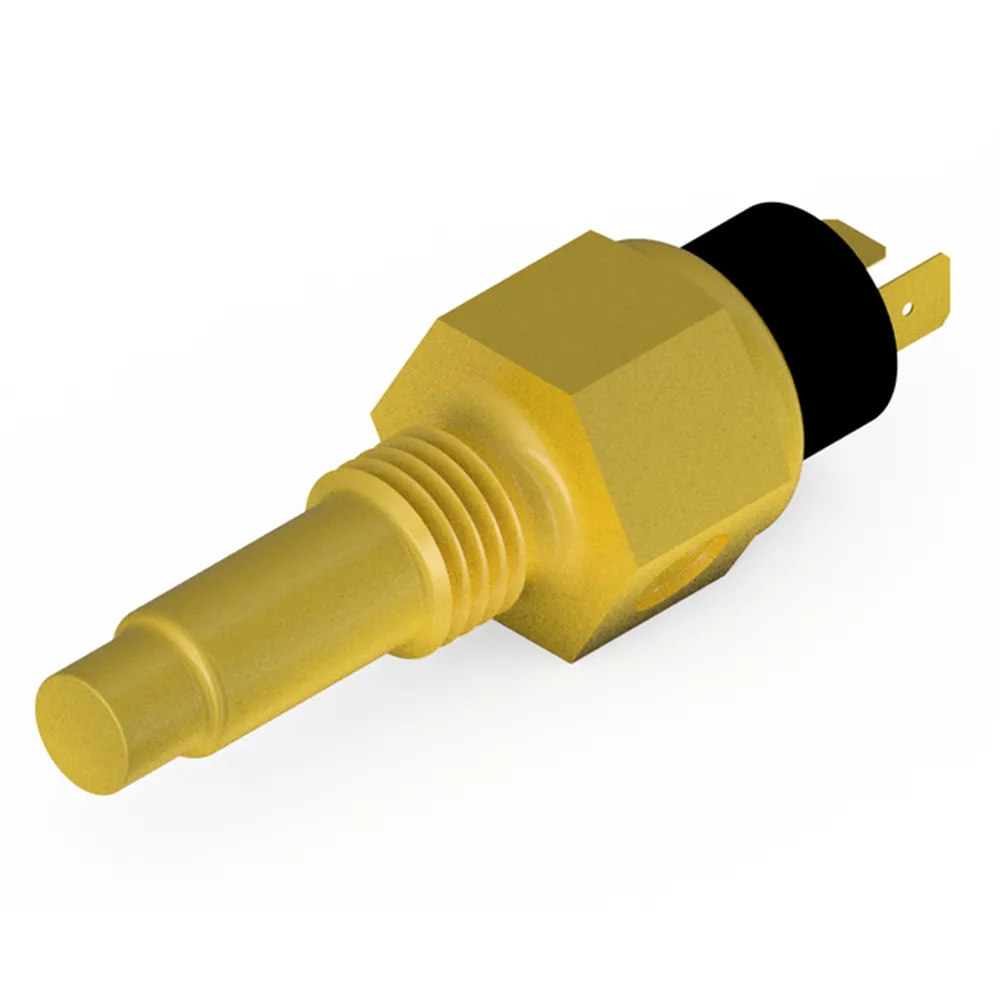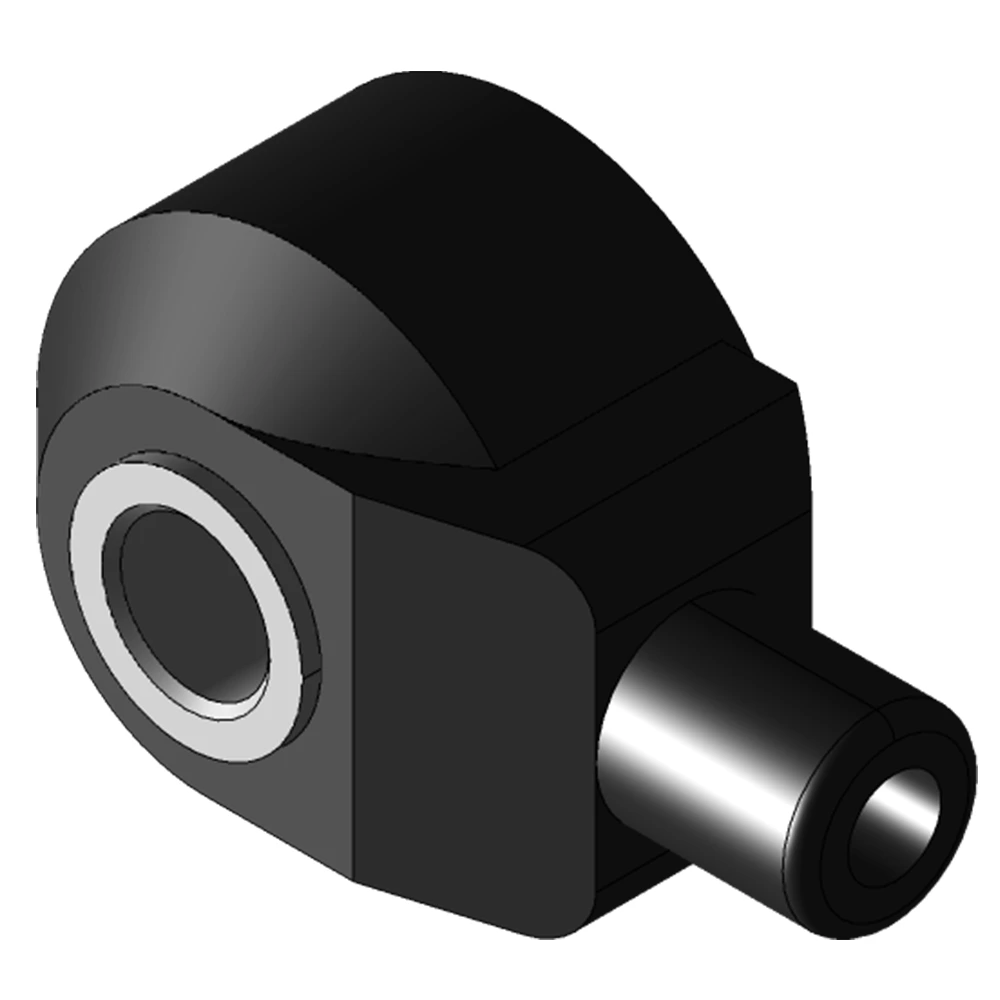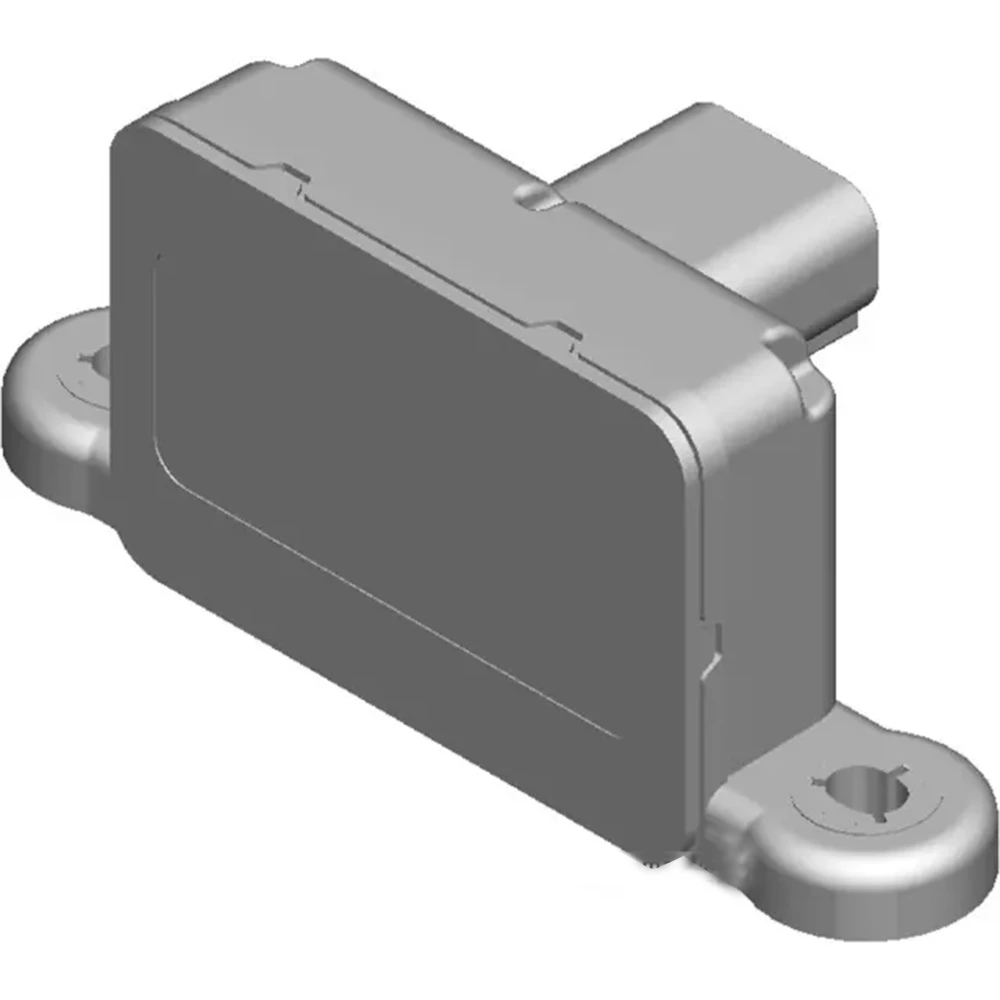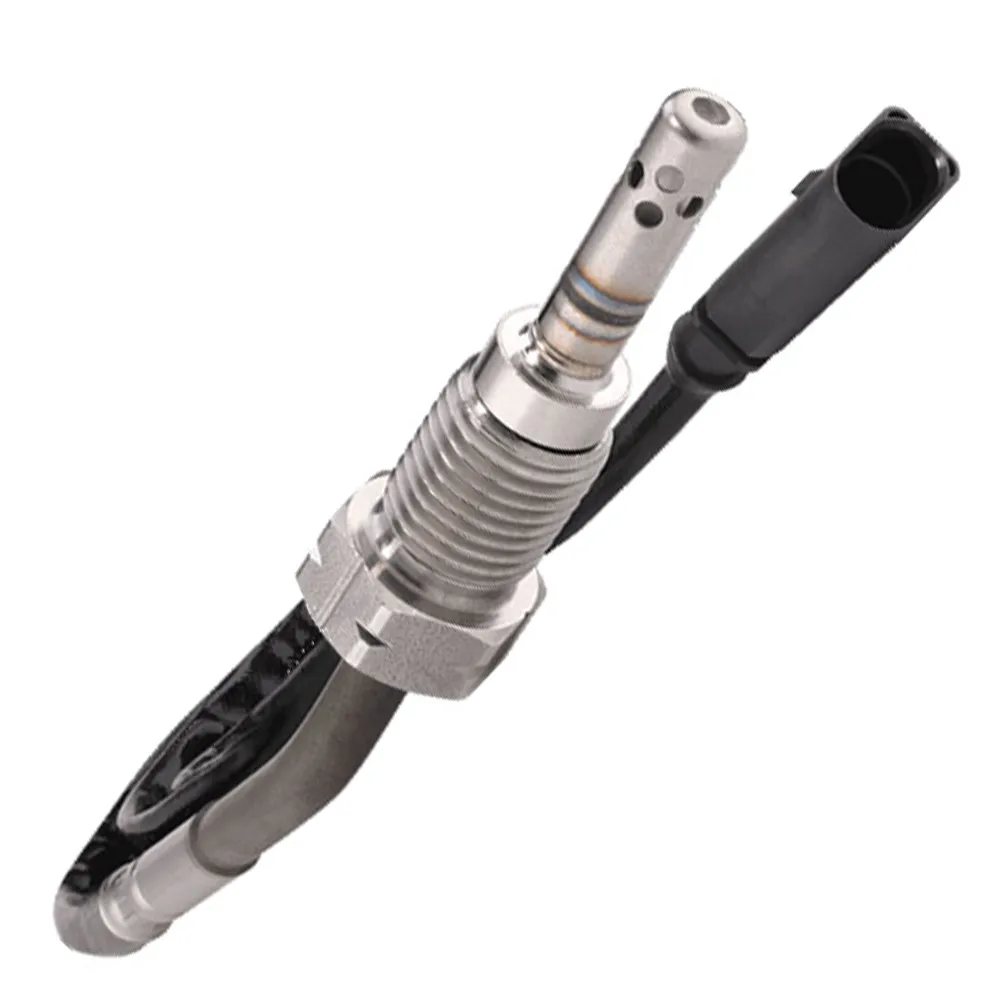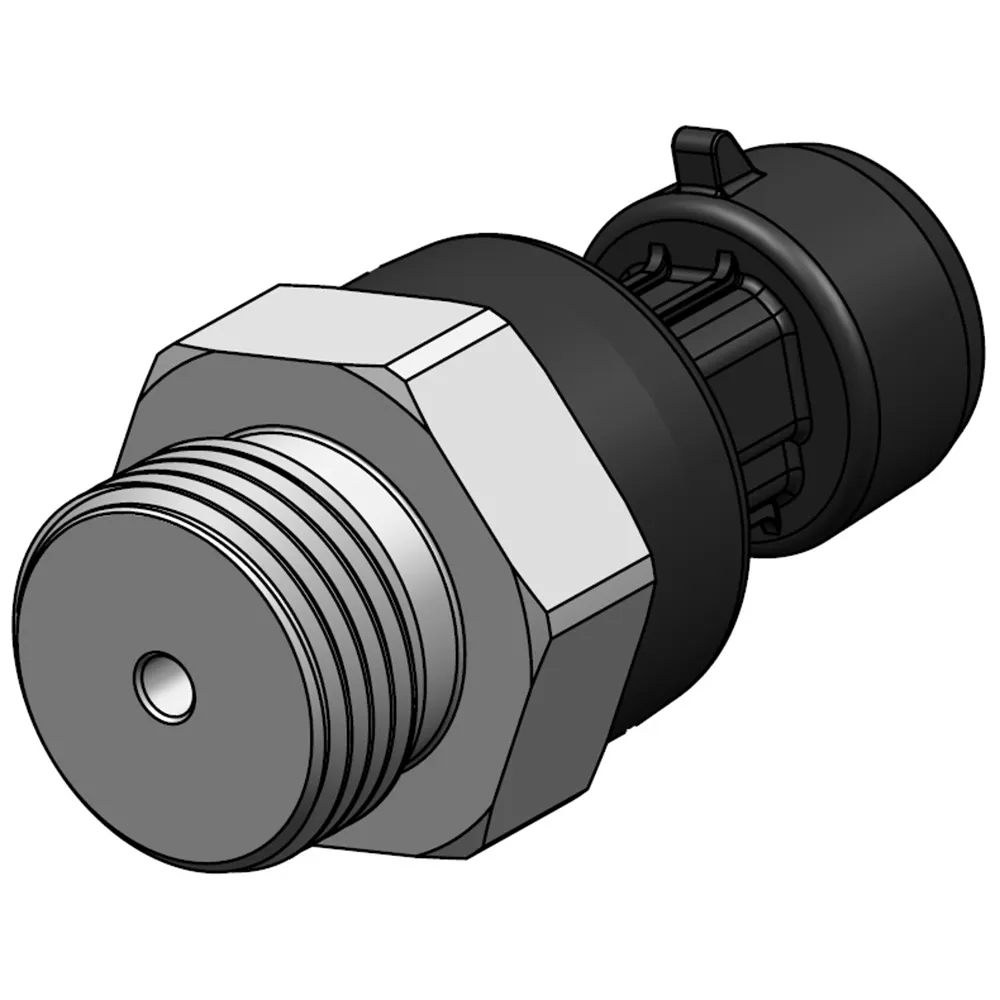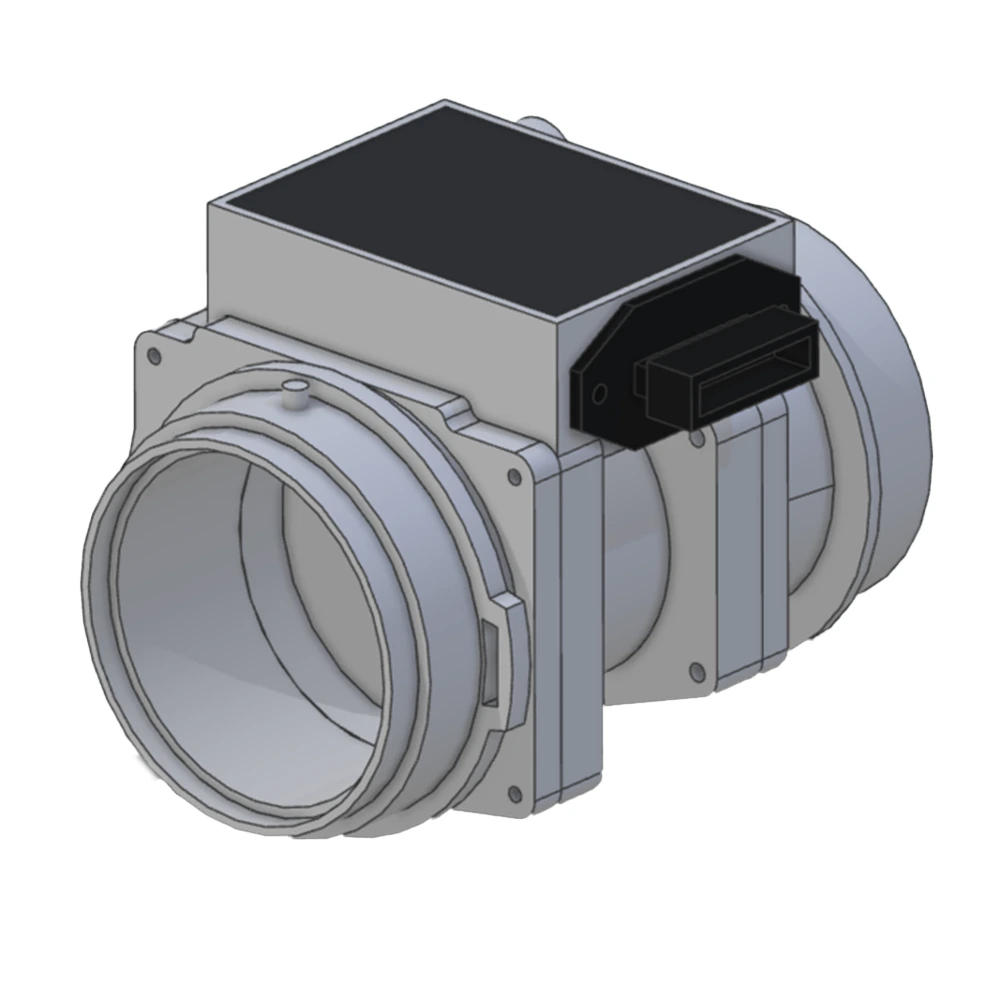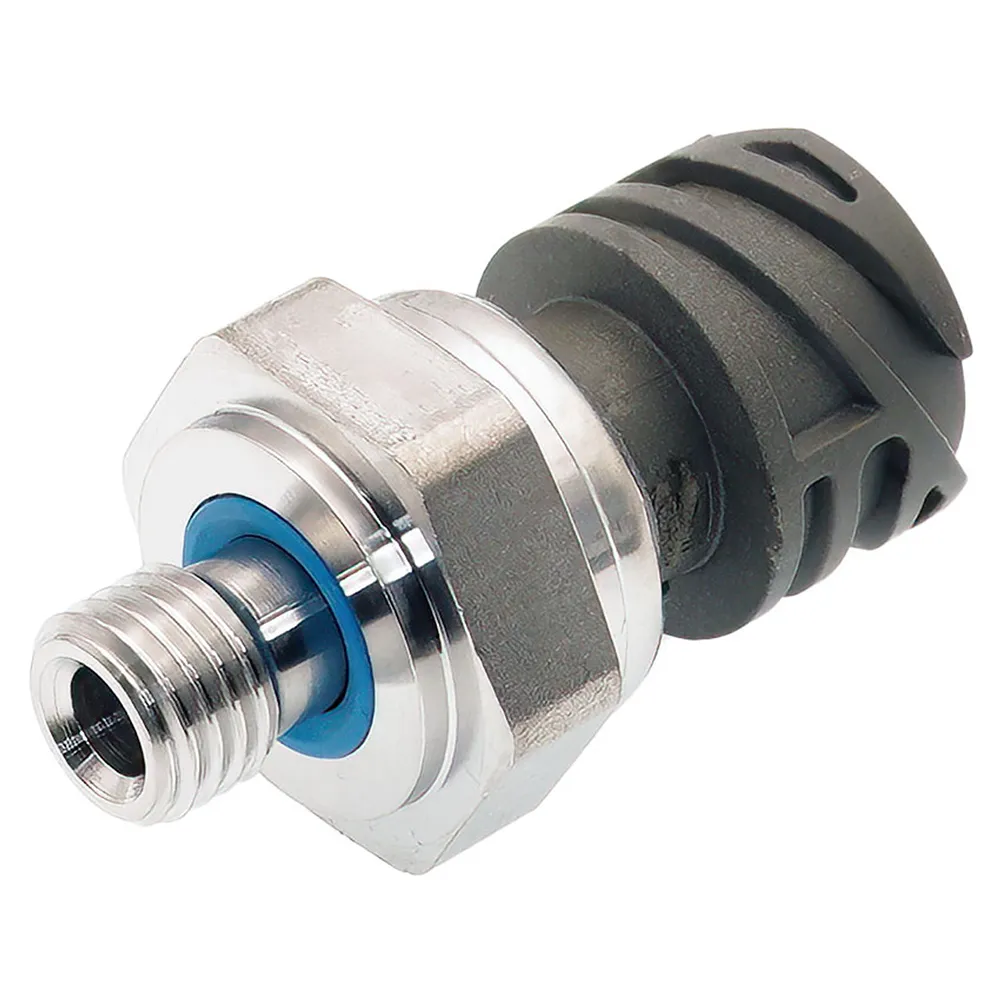Intake Air Temperature (IAT) Sensor - How it works & failed
The intake air temperature sensor, also known as the IAT sensor, is an important component that contributes to engine efficiency. It monitors the temperature of the air entering the engine and transmits the data to the Powertrain Control Module (PCM).
The PCM then directs the correct ratio of air to fuel mixture for the correct combustion process. For example, if the IAT sensor detects warm air entering the engine because the air is less dense, the car’s computer will send less fuel for proper mixtures and efficient engine performance.
Therefore, if the IAT sensor malfunctions, the engine will experience a significant change in engine performance.
How IAT sensor work?
Auto manufacturers usually mount the IAT sensor on top of the intake manifold or between the air filter housing and the intake manifold so that the tip can sense the passage of air. On vehicle engines that monitor air volume with a MAF sensor, the MAP sensor also functions as an intake air temperature sensor.
Some manufacturers install two intake air temperature sensors on V-type engines. This is so common on engines with a separate or split intake manifold. How important is the intake air temperature sensor anyway?
The incoming air temperature sensor is a thermistor. This means that the signal varies depending on changes in temperature.
It works just like the coolant sensor. The car computer applies a reference or resistance voltage to the sensor and then determines the air temperature from the voltage returned from the sensor. The return voltage changes in direct proportion to changes in air temperature, changes in sensor resistance affect the voltage that returns to the car’s computer.
In some vehicles, automatic air conditioning systems also work with air temperature sensors. Some air temperature sensors monitor ambient air and passenger compartment air.
Please note that the A/C temperature sensor is located outside the engine compartment, so engine heat does not affect the reading. Car manufacturers usually install the air temperature sensor for the air conditioning system in the cable area or behind the grille.
Why IAT sensor failed?
The IAT sensor is in the intake air duct. Some cars place this sensor before the air filter, just outside the air intake pipe before it goes to the air filter. This condition causes dirt from the outside to hit the IAT sensor directly. We know that the environment outside the car is definitely dirty, dusty and greasy.
For a short period of time, the condition of the IAT sensor may be suitable under these conditions. Over time, the IAT sensor will be damaged, especially oily dirt. Dirt interferes with the operation of the thermistor on the IAT sensor. As a result, the sensor can no longer read the air temperature correctly. There are times when the air temperature is higher than the actual condition. There are times when it is the other way around, namely the IAT sensor reading the air temperature is lower than the current conditions in the intake air.
Common IAT sensor fault codes
A faulty intake air temperature sensor usually triggers two trouble codes/DTCs (Diagnostic Trouble Codes), namely P0112 or P0113.
- Code P0112 indicates that the IATS is running at low voltage and is reporting an ambient temperature of 149°C.
- Code P0113 is caused by high voltage and means the IAT sensor is reporting an ambient temperature of -38°F (-39°C).
Symptoms of Intake air temperature (IAT) sensor malfunction
When the IATS experiences a problem or malfunction, it may show some symptoms in which the engine performance is strange to the driver. Some of the symptoms that have occurred are:
- Less maximum acceleration
Because the IATS is faulty, the ECU incorrectly predicts whether the incoming air temperature is colder or hotter than it actually is. This incorrect signal can cause the ECU to miscalculate the air/fuel mixture and reduce acceleration. - Hard to start when the engine is cold
Some engines rely on IATS signals to trigger the injector signal when starting in cold engine conditions. If the sensor sends incorrect information, the injector signal may not work during the cold start of the engine, making the engine difficult to start - Interrupted operation of the EGR (exhaust gas recirculation) valve
In some cars, the ECU uses air temperature to control the operation of the EGR valve. Since the IAT sensor is faulty, it can also affect the operation of the EGR valve. - Poor fuel economy
Under normal conditions, the ECU continuously adjusts the fuel mixture and air level to ensure maximum fuel economy. It all depends on the IATS information and if the signal sent is incorrect then there is no ideal air/fuel mixture for each engine’s operating conditions. - Engine Lamp is on
Troubleshooting an IAT sensor
Troubleshooting:
The following procedure is recommended for troubleshooting:
- Read the error memory
- Check sensor wiring, connector, and sensor electrical connections for proper connections, breaks, and corrosion.
- Beware of dirt and damage
Direct inspection of a color shaft sensor can be difficult if the exact design type of the sensor is not known. Before checking, it must be clear whether the sensor is an inductive sensor or a Hall generator. It is not always possible to tell the two apart by appearance. If the connector has three plugs, no exact statements can be made about the corresponding type. Manufacturer specific specifications and parts catalog specifications provide further assistance.
An ohmmeter should not be used in tests unless the type of construction has been definitively clarified. The voltage from the measuring device used in the resistance test can destroy the Hall generator!
If the sensor has a 2-pin connector, it is probably an inductive sensor. In this case, it is possible to determine the internal resistance, potential shorted frame and signal. To do this, remove the plug connection and check the internal resistance of the sensor. If the internal resistance is between 200 and 1000 ohms (depending on the reference value), the sensor is OK. If the value is 0 ohms, there will be a short circuit, and if M Ohms, there will be an open circuit. An ohmmeter located on the vehicle’s ground connection pin is used to test the frame for a short circuit. The durability value must tend to infinity. The result of the test with the oscilloscope must be a sine signal of sufficient strength. In the case of a Hall generator, only the signal voltage in the form of a square wave signal and the supply voltage need to be tested. This must result in a square wave signal that depends on the engine speed.
We should again warn that using an ohmmeter can destroy the Hall generator.
How to replace a faulty IAT sensor?
Replacing an IAT sensor is a pretty simple process.
- Turn off the engine and let it cool down.
- Removing the negative battery terminal
- Disconnect the IAT sensor harness
- Gently pull the IAT sensor out of the intake manifold or unscrew it if it is installed on the intake manifold
- Install a new IAT sensor and reconnect the wiring
- Attach the negative battery terminal and tighten it properly.
Get Full Support
MOOCAR — as a leading exporter, we are continually developing breakthrough sensing and actuating solutions to help optimize emissions control, fuel economy, and drivability. In addition to the above parts, we offer full support of data, market information.

